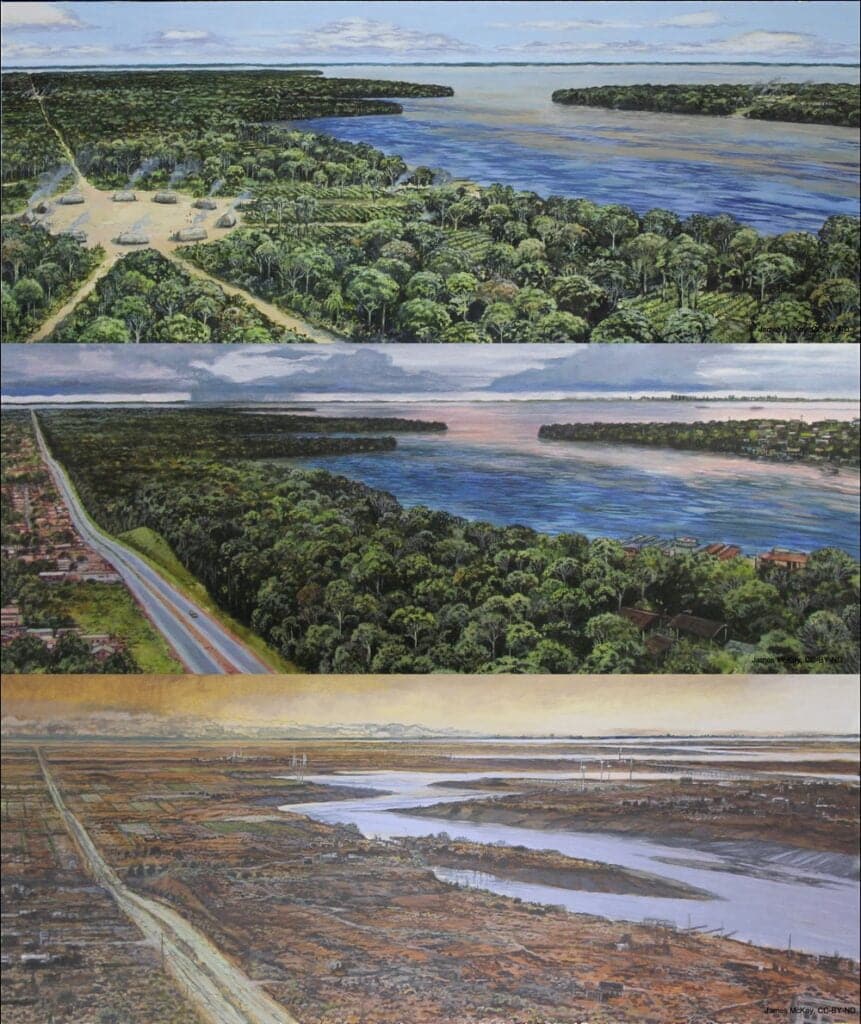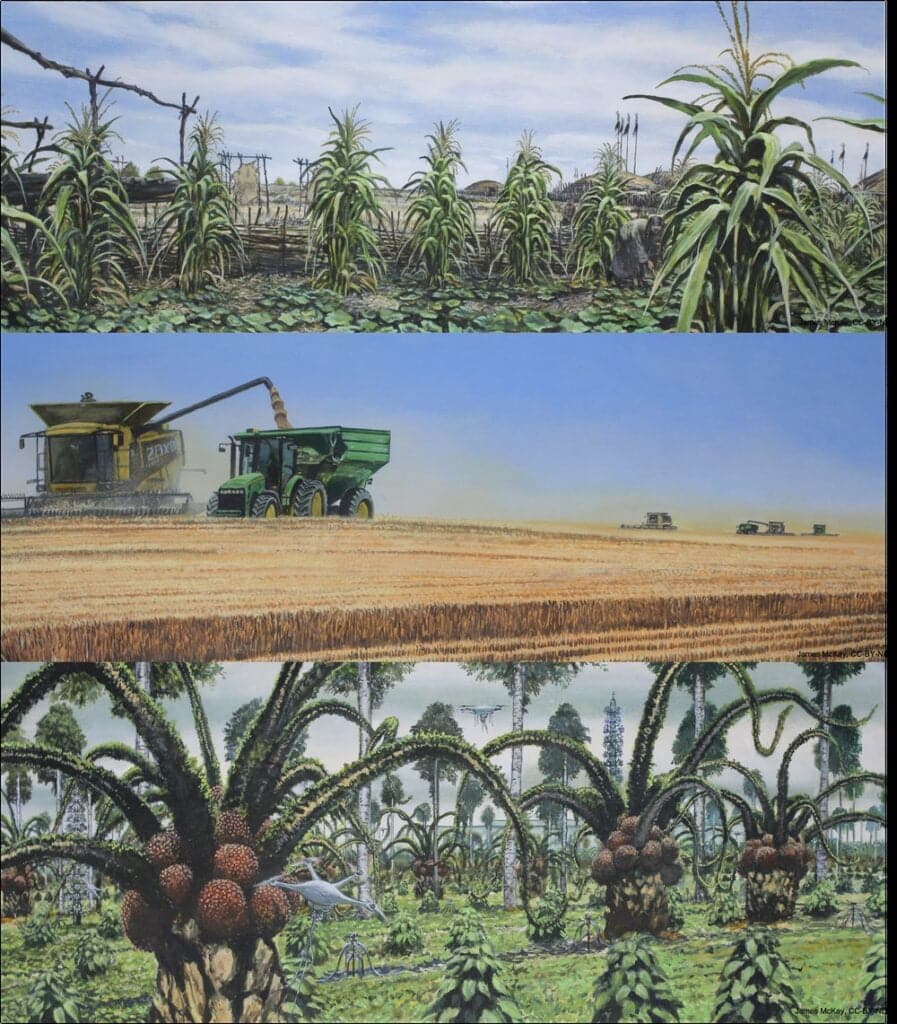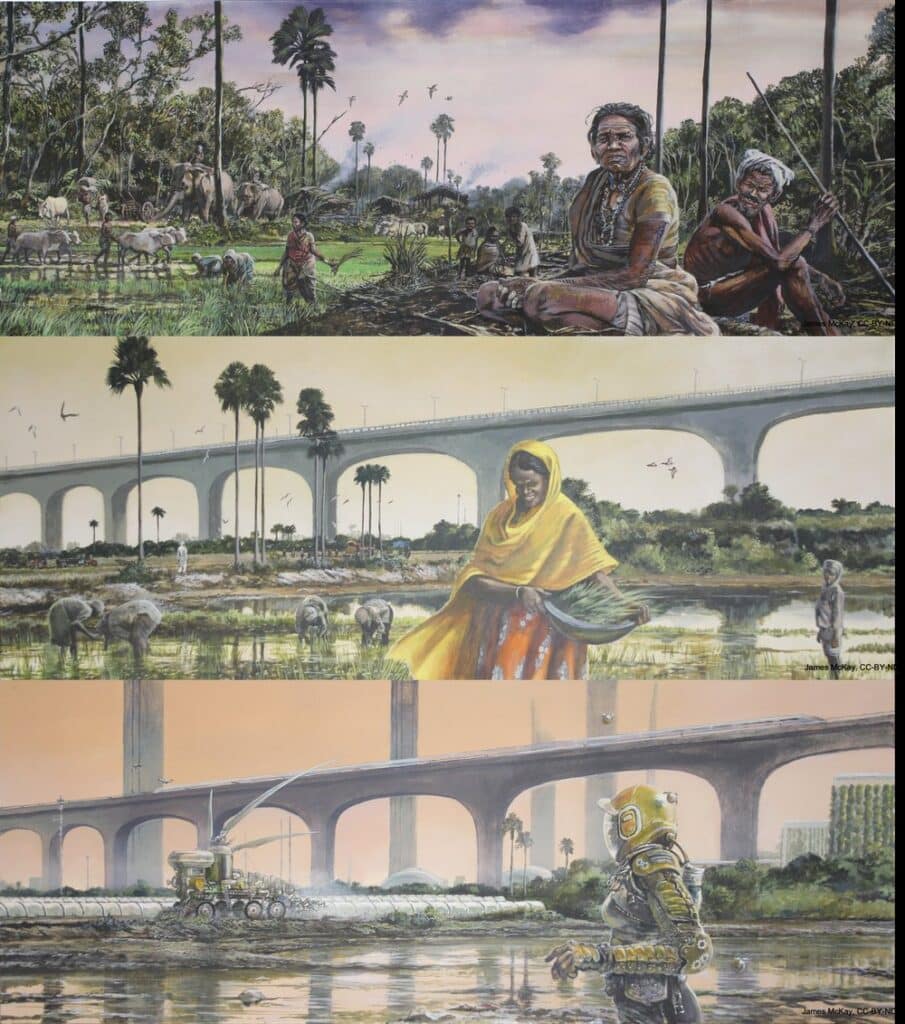There are many reports based on scientific research that talk about the long-term impacts of climate change (increased levels of greenhouse gases, temperature and sea level) by 2100. The Paris Agreement, for example, requires us to limit warming to less than 2,0°C above pre-industrial levels by the end of the century.
Since 1990 we have evaluated our progress through the scientific assessment reports of the Intergovernmental Panel on Climate Change (IPCC) and related special reports. IPCC reports they evaluate existing research to show us where we are and what we need to do before 2100 to make the world livable. Most importantly, they tell us what could happen if we don't take action.
The recently published United Nations Assessment of Nationally Determined Contributions (NDC) warns that current promises by governments prepare us for very dangerous warming of 2,7 degrees Celsius by 2100: this means fires, storms, droughts, floods and unprecedented heat, and aquatic ecosystem change.
One generation and the world will already be less livable
Although some climate projections look beyond 2100, these long-term projections are not factored into environmental decision making today. It's surprising, because people born now will be under 80 by 2100. My daughter will be 83 years old. What will the world be like for my grandchildren, his children. And for his grandchildren?
To understand, plan and communicate the full spatial and temporal scope of climate impacts under any scenario, even those that comply with the Paris Agreement, researchers and policymakers they must look well beyond the horizon of 2100.
What happens from 2100 onwards
Will the Earth Stop Warming in 2100? If it doesn't, what does this mean for humans now and in the future? An initial open access research on Global Change Biology begins to answer these questions.
The researchers ran global climate model projections, modeling three possible scenarios. A low mitigation scenario, a medium mitigation scenario and a high mitigation scenario which corresponds to the Paris Agreement goal of “well below 2 degrees Celsius”. They then observed the effects of these scenarios up to the year 2500.
The analysis was meticulous, to the extent possible. The researchers even modeled vegetation distribution, heat stress and growing conditions for our current major crop plants, to get a sense of the kind of environmental challenges that today's children and their descendants may have to adapt to by 22 century onwards.

The race does not stop
In the model developed, the researchers found that global average temperatures continue to increase beyond 2100 in the medium- and low-mitigation scenarios. In such scenarios, vegetation and the best growing areas move towards the poles and the area suitable for some crops shrinks. Places with a long history of cultural and ecosystem richness, such as the Amazon basin, can become arid.
Furthermore, heat stress can reach fatal levels for humans in tropical regions that are currently highly populated. Such areas could become uninhabitable. Even under high mitigation scenarios, sea levels will continue to rise due to the expansion and mixing of water in warming oceans.
These findings help reveal the potential magnitude of climate upheaval over longer time scales.
Three photographs and three areas to understand the disaster of a world that is no longer livable
To portray what a low-mitigation/high-heat world might look like compared to the one experienced so far, the researchers “took” nine photographs. Images from 1500, 2020 and 2500 of three different areas of the world (the Amazon, the US Midwest and the Indian subcontinent). Here is what these nine photographs show.
Amazon

The Midwest USA

The Indian subcontinent

An unlivable future? An Earth alien to man?
The cruel synthesis: between 1500 and today we have witnessed colonization and the industrial revolution, the birth of modern states, identities and institutions. We then started the mass combustion of fossil fuels and witnessed the consequent rise in global temperatures. If we can't stop global warming, the next 500 years and beyond will change the Earth in ways that will test our ability to live there. Particularly in the historically and geographically rooted cultures that give us meaning and identity.
The Earth of the worst projections is not livable for humans. The choice before us is to urgently reduce emissions, while continuing to adapt to the warming that we cannot escape until now due to emissions.


